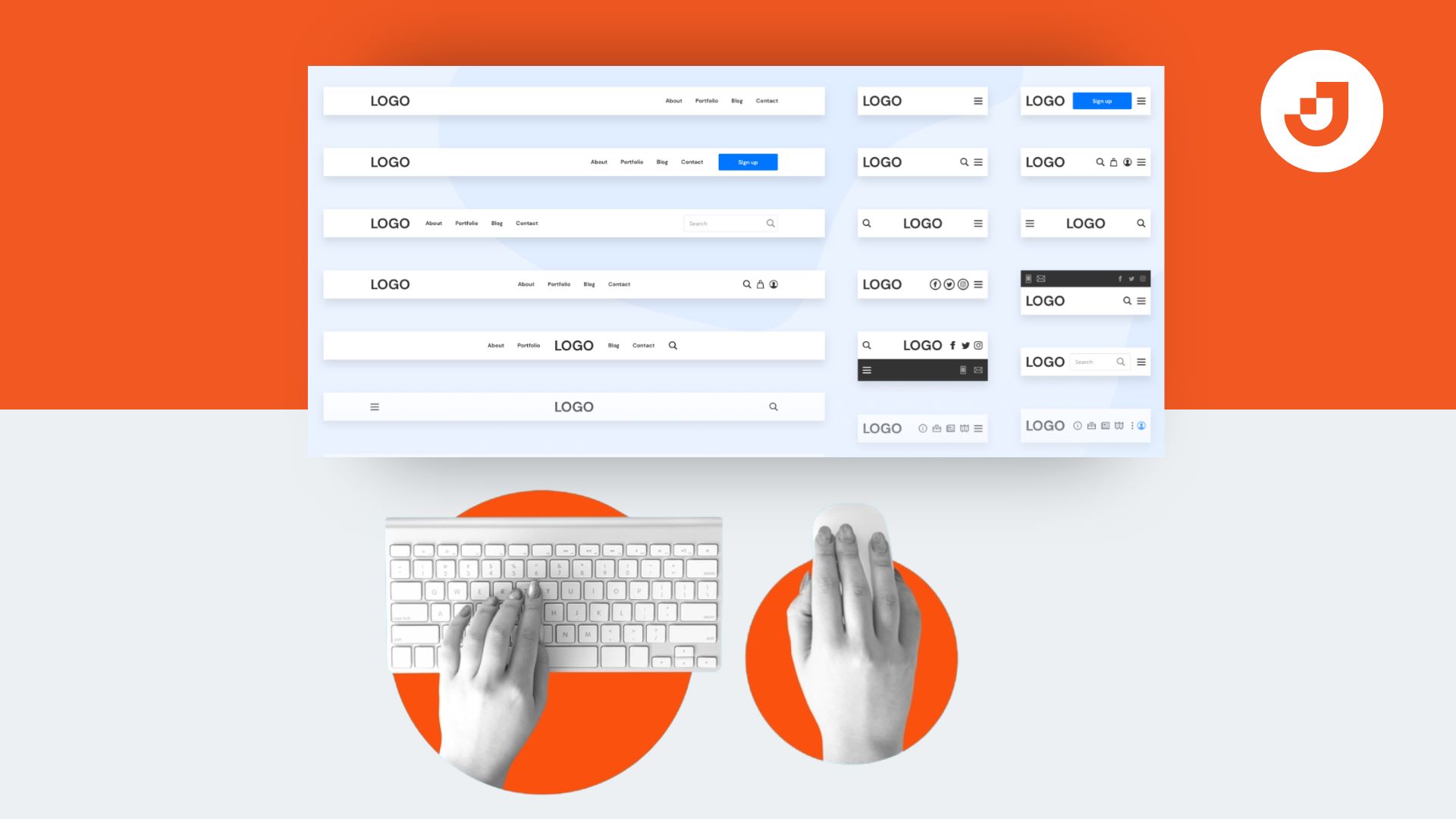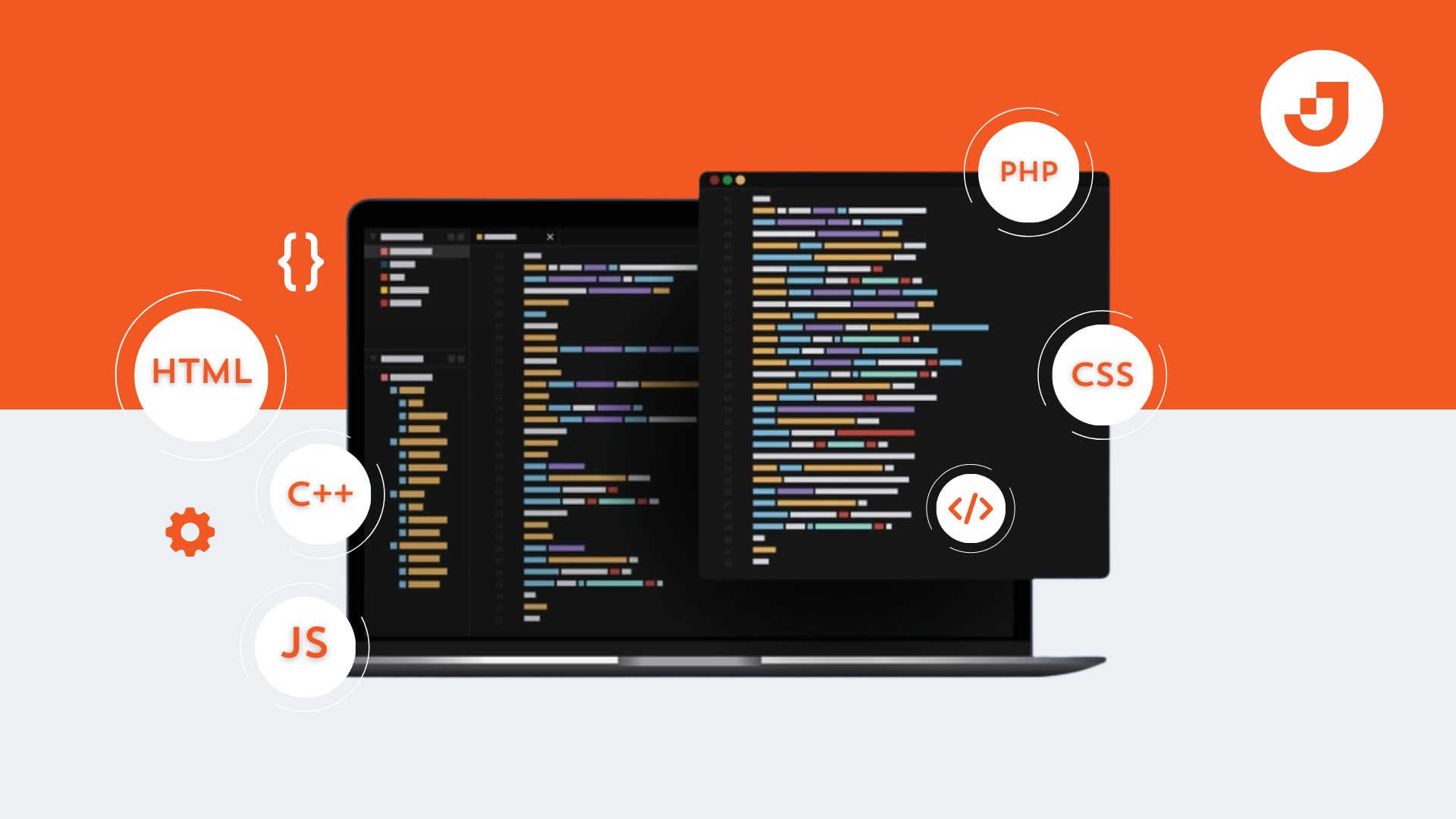Table of Contents
Web development is a crucial aspect of creating and maintaining websites. In today’s digital era, where the internet plays a significant role in our lives, web development has become increasingly important. This article provides an overview of web development, its components, and its significance in the modern world.
Explanation of Web Development
Web development encompasses the tasks involved in constructing and upkeeping websites across search engines. It involves various tasks such as web design, coding, programming, and database management. In order to meet the unique requirements of businesses and individuals, web developers employ programming languages, frameworks, and tools to craft websites that are both visually appealing and fully functional.
Front-end Web Development

Definition of Front-end Web Development
Front-end web development, also known as client-side development, focuses on the user-facing aspects of a website. It involves creating and implementing elements that users interact with directly, such as the layout, design, and user interface.
Tools and Technologies Used in Front-end Development
Front-end developers utilize various tools and technologies to bring websites to life. These include HTML (Hypertext Markup Language), CSS (Cascading Style Sheets), and JavaScript. HTML provides the structure and content of web pages, CSS is responsible for the visual styling, and JavaScript adds interactivity and enhances the user experience.
Importance of Front-end Web Development
Front-end web development plays a crucial role in creating a positive user experience. It ensures that websites are visually appealing, responsive, and easy to navigate. By focusing on the user interface and optimizing website performance, front-end development enhances user engagement and encourages visitors to spend more time on a site.
Back-end Web Development

Definition of Back-end Web Development
Back-end web development, also known as server-side development, involves the creation of the server-side logic that powers websites. It includes server configuration, database management, and server-side scripting tasks.
Tools and Technologies Used in Back-end Development
Back-end developers use various tools and technologies to build the server-side components of websites. These may include programming languages like PHP, Python, and Ruby, as well as frameworks such as Node.js, Django, and Ruby on Rails. Additionally, databases like MySQL and MongoDB are used for data storage and retrieval.
Importance of Back-end Web Development
Back-end web development is vital for enabling website functionality. It handles data processing, user authentication, and server-side operations, ensuring that websites can deliver dynamic content, process user inputs, and interact with databases. Back-end development is responsible for the behind-the-scenes operations that make websites work seamlessly.
Full-stack Web Development
Definition of Full-stack Web Development
Full-stack web development involves expertise in both front-end and back-end development. Full-stack developers have the skills to work on all aspects of website creation, from the user interface to the server infrastructure.
Tools and Technologies Used in Full-stack Development
Full-stack developers employ a combination of front-end and back-end technologies and tools. They may use HTML, CSS, JavaScript, and frameworks like React or Angular for the front end. The back-end can utilize programming languages such as JavaScript (Node.js), PHP, or Python, along with appropriate frameworks and databases.
Importance of Full-stack Web Development
Full-stack web developers possess a comprehensive understanding of the entire web development process. Their versatility allows them to handle various tasks and bridge the gap between website components. Full-stack developers can bring a project from conception to completion, ensuring efficient collaboration and seamless integration between the front and back end.
Types of Websites

Static Websites
Static websites consist of fixed content and do not change based on user interactions or input. They are often used for simple informational purposes, such as showcasing a portfolio or providing contact information. Static websites are quick to develop and cost-effective but need more interactivity and dynamic features.
Dynamic Websites
Dynamic websites are powered by server-side scripting and databases. They can generate content on the fly, allowing for personalization, user interaction, and real-time updates. Dynamic websites are suitable for e-commerce platforms, social media networks, and any site that requires frequent content updates or user engagement.
Importance of Choosing the Right Type of Website
Choosing the appropriate type of website is crucial to meet a project’s specific goals and requirements. Static websites are ideal for straightforward informational content, while dynamic websites offer greater interactivity and functionality. Understanding a website’s purpose and objectives helps select the right type that aligns with the desired outcomes.
Steps Involved in Web Development

Planning and Research
The first step in web development is to define the project’s goals, target audience, and desired functionalities. Thorough planning and research help identify the technical requirements, create a project timeline, and set realistic expectations.
Design and Development
Once the planning stage is complete, the design and development process begins. Web designers create mockups and prototypes, considering the user experience and visual aesthetics. Front-end and back-end developers then implement the designs, write code, and integrate the necessary functionalities.
Testing and Deployment
After the website is developed, it undergoes rigorous testing to ensure functionality, compatibility, and responsiveness across different devices and browsers. Any bugs or issues are addressed, and necessary improvements are made. Once testing is complete, the website is deployed to a live server, making it accessible.
Popular Web Development Languages and Frameworks
HTML/CSS

The fundamental building blocks of web development are HTML and CSS. HTML provides the structure and content of web pages, while CSS controls the presentation and styling.
JavaScript
JavaScript is a versatile programming language that enables website interactivity and dynamic functionality. It allows developers to create interactive elements, handle user input, and manipulate web page content in real-time.
PHP
PHP functions as a server-side scripting language for web development. It powers dynamic websites and offers extensive functionality for form processing, database integration, and user authentication tasks.
Python
Python stands as a potent and adaptable programming language for various applications, including web development. It provides a clean and readable syntax, making it popular among developers.
Ruby on Rails
Ruby on Rails adheres to the Model-View-Controller (MVC) architectural pattern and serves as a web application framework. It simplifies web development by providing a convention-over-configuration approach, allowing developers to focus on building the application’s core features.
Trends in Web Development
Responsive Design
Responsive design ensures that websites adapt to different screen sizes and devices, providing an optimal user experience across desktops, tablets, and mobile devices. It uses fluid layouts, flexible images, and media queries to create a seamless and visually appealing experience.
Mobile-first Development
The growing prevalence of mobile devices has elevated the importance of mobile-first development. This approach involves designing and developing websites with mobile devices in mind first, ensuring that they are optimized for smaller screens and touch interactions.
Progressive Web Apps
Progressive web apps (PWAs) combine the best features of both web and mobile applications. They provide experiences similar to apps, which include offline capabilities, push notifications, and the option to be installed on a user’s home screen. PWAs provide a seamless user experience across platforms, gaining popularity due to their convenience and versatility.
Conclusion
In conclusion, web development encompasses creating, designing, and maintaining websites. Front-end development focuses on user-facing elements, back-end development handles server-side operations, and full-stack development covers both areas. Choosing the correct type of website, following a structured development process, and staying updated with the latest trends contribute to the success of web development projects. Web development is crucial in today’s digital age, enabling businesses and individuals to establish an online presence, engage with users, and deliver valuable content and services.
Frequently Asked Questions (FAQs)
Why is web development significant?
Web development is crucial because it enables businesses and individuals to establish a robust online presence, reach a wider audience, and provide valuable services or information. It allows the creation of visually appealing and functional websites that cater to specific needs and user requirements.
What skills are essential for a web developer?
Essential skills for a web developer include proficiency in programming languages like HTML, CSS, and JavaScript and back-end languages like PHP or Python. Knowledge of frameworks, databases, version control systems, and problem-solving abilities are also crucial.
How long does it take to learn web development?
The time required to learn web development varies depending on individual dedication, prior experience, and the complexity of the desired skill set. Basic proficiency can be achieved in a few months, while becoming a proficient and versatile web developer may take several years of continuous learning and practice.
Is web development a good career choice?
Yes, web development can be a rewarding and promising career choice. There is a strong demand for proficient and highly skilled web developers, offering opportunities for creativity, continuous learning, and professional growth. Additionally, the ability to work remotely and the potential for entrepreneurship are attractive aspects of a career in web development.
What is the future of web development?
The future of web development holds exciting possibilities. The emergence of technologies like artificial intelligence, virtual reality, and augmented reality is expected to have a significant influence on the creation and consumption of websites. Additionally, the demand for responsive and mobile-first web development is expected to grow as mobile devices become increasingly prevalent daily.



Recently, I’ve been frequently checking out this wonderful website with really good content for people. The site owner is doing a terrific job providing value to visitors. I’m very pleased and hope they continue their excellent efforts.
Thank you. Much Appreciated. Will bring more such content in the future.